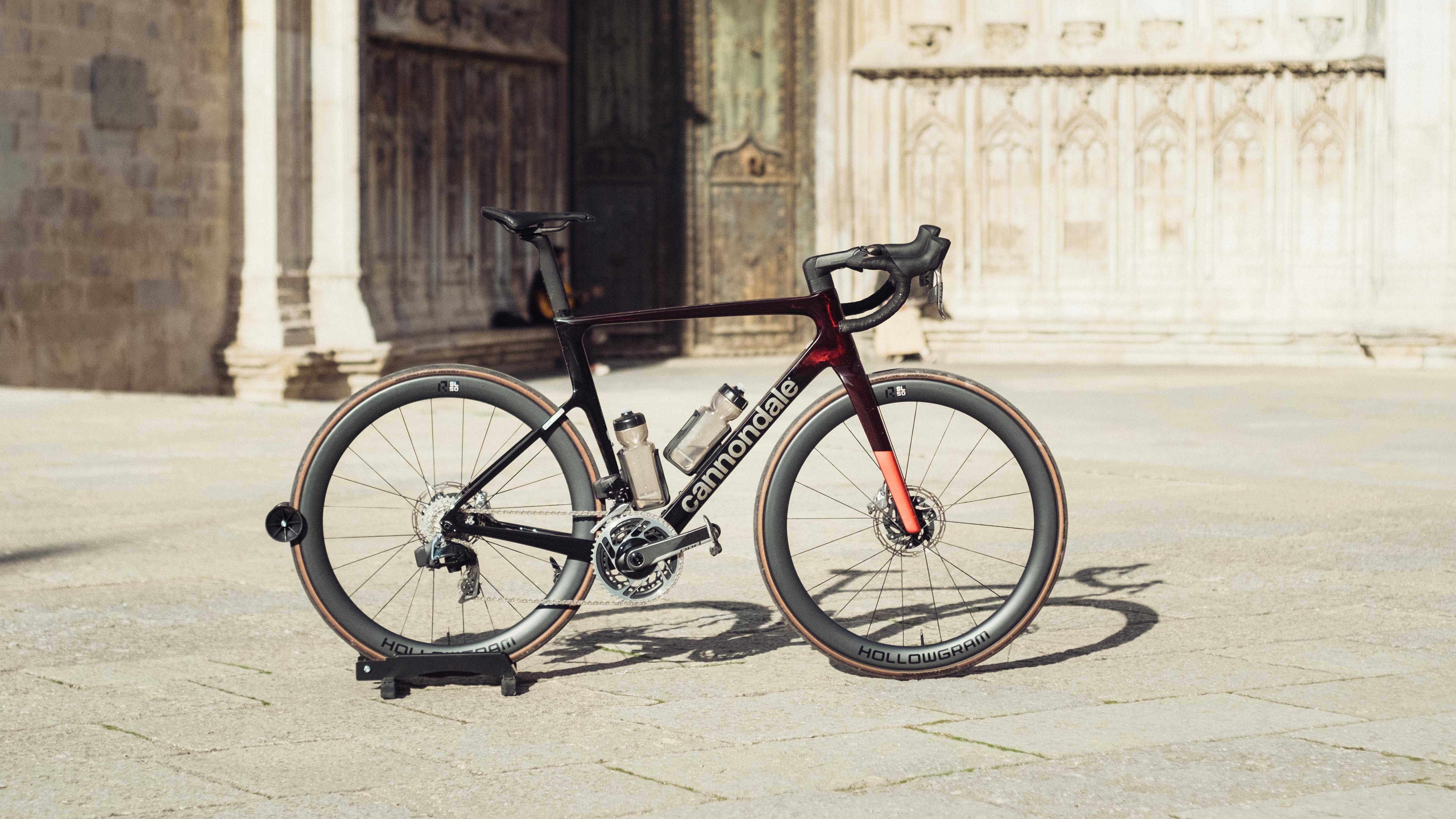Early Verdict
A very competent all rounder that's surprisingly comfortable too, but it's no longer a pure climbers bike
Pros
- +
Genuinely lovely paint
- +
Excellent, balanced handling characteristics
- +
Very good tyres as standard
Cons
- -
SRAM Red beginning to feel dated
- -
Wheels great on the flat, but take a bit to spin up
You can trust Cyclingnews
Launch season is still in full swing, which means I’m still in the swing of jetting off from rainy Bristol to sunny parts of Spain to ride unreleased bikes. This time I spent the week in Girona, drinking extremely good espresso, riding the new Cannondale SuperSix Evo Hi-Mod 1, and generally feeling rather fancy.
Our news piece covering the launch goes into all the ins and outs of the bike, so we’ll skim over those bits that aren’t so important and instead focus on how this particular model shaped up. I spent a smidge shy of 90km atop the Hi-Mod 1 model in the hills around Girona, including a very enjoyable ascent of the Els Àngels climb, which always makes me imagine it was named by Danny Dyer. For our international audience, imagine any character from the Guy Ritchey classic Snatch.
As always, this is a first look rather than a final conclusion. Further testing is always needed over a variety of terrain to solidify things, but you can still get a decent idea on a moderate day out in the sun.
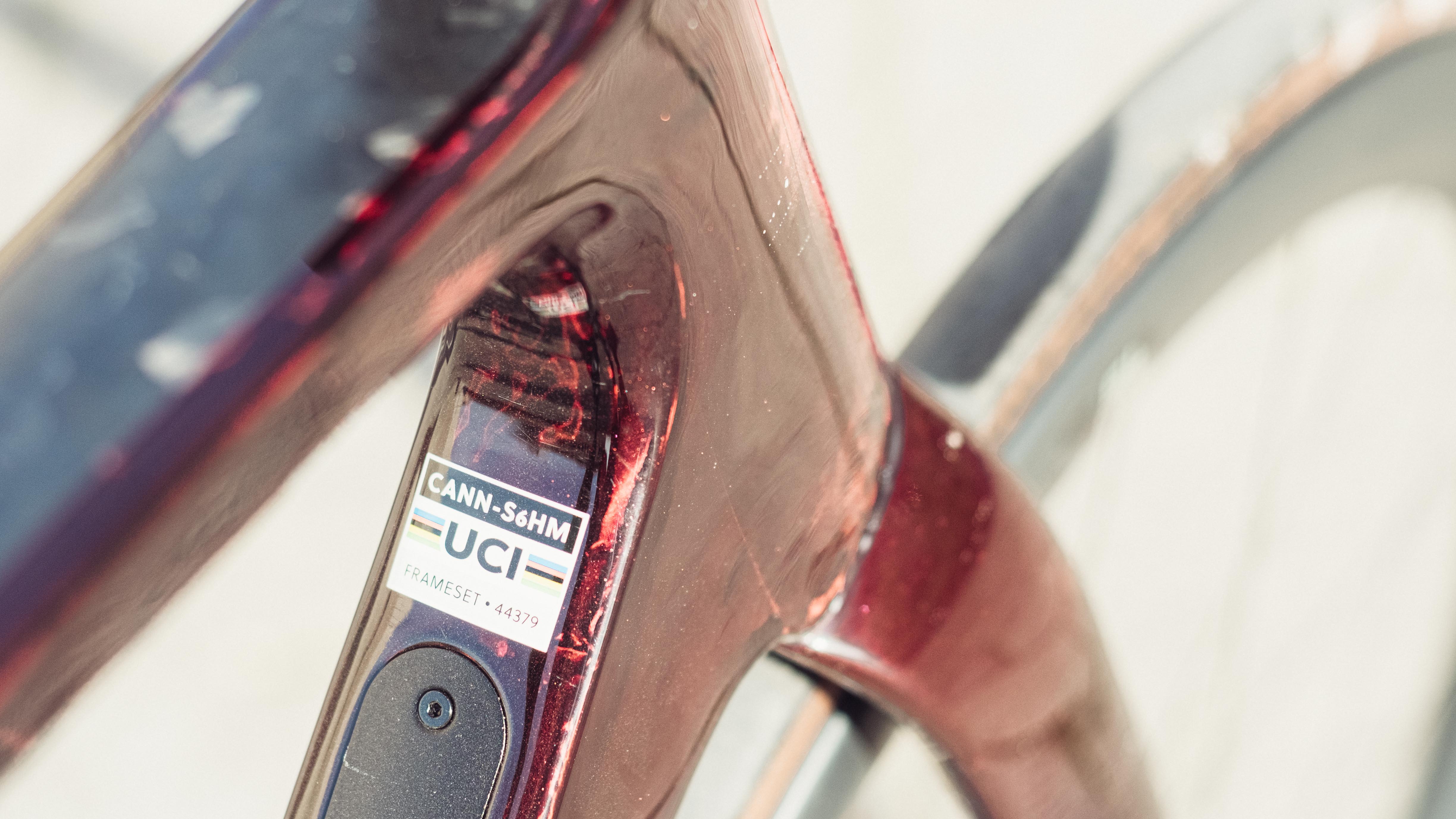
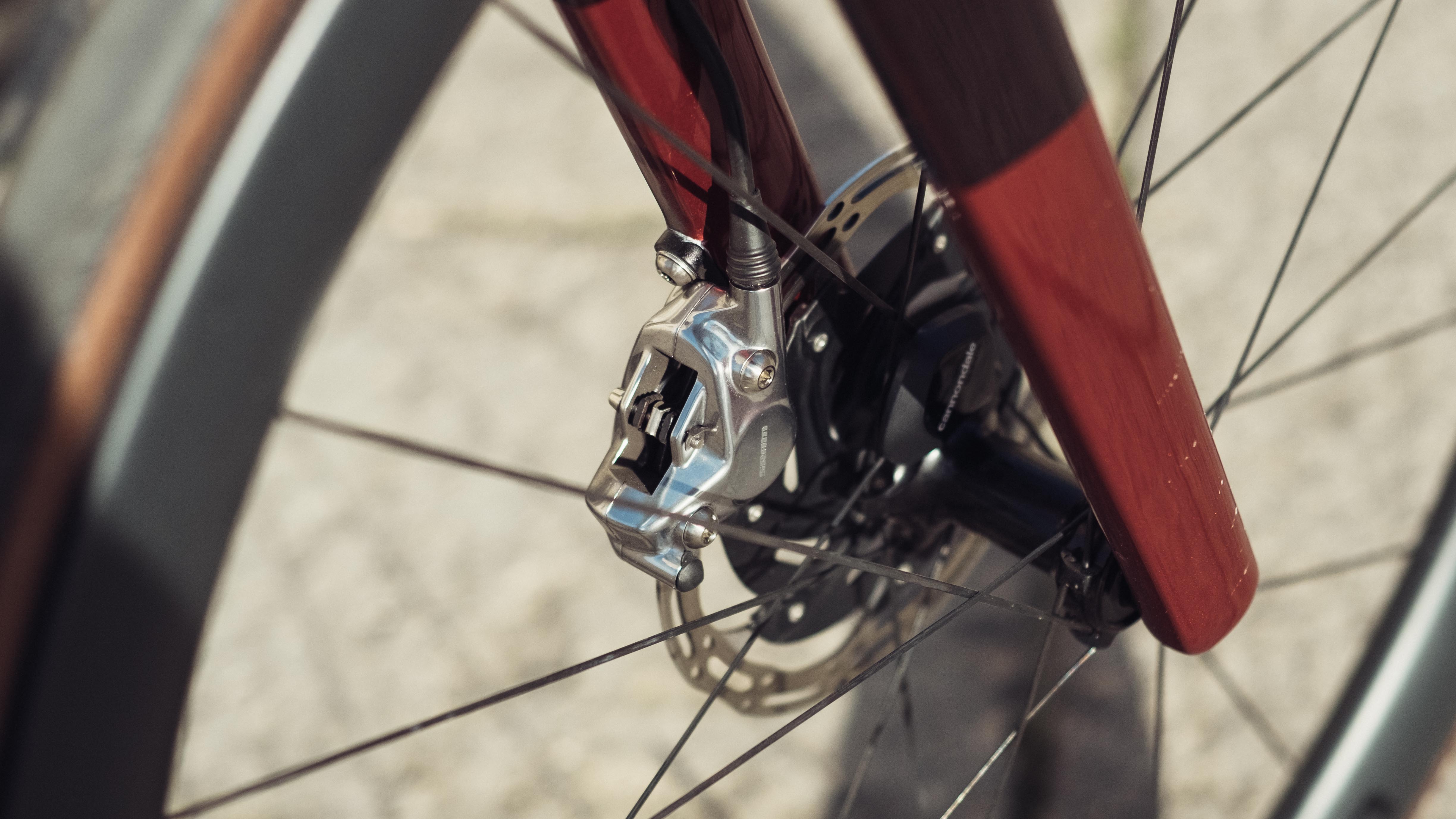
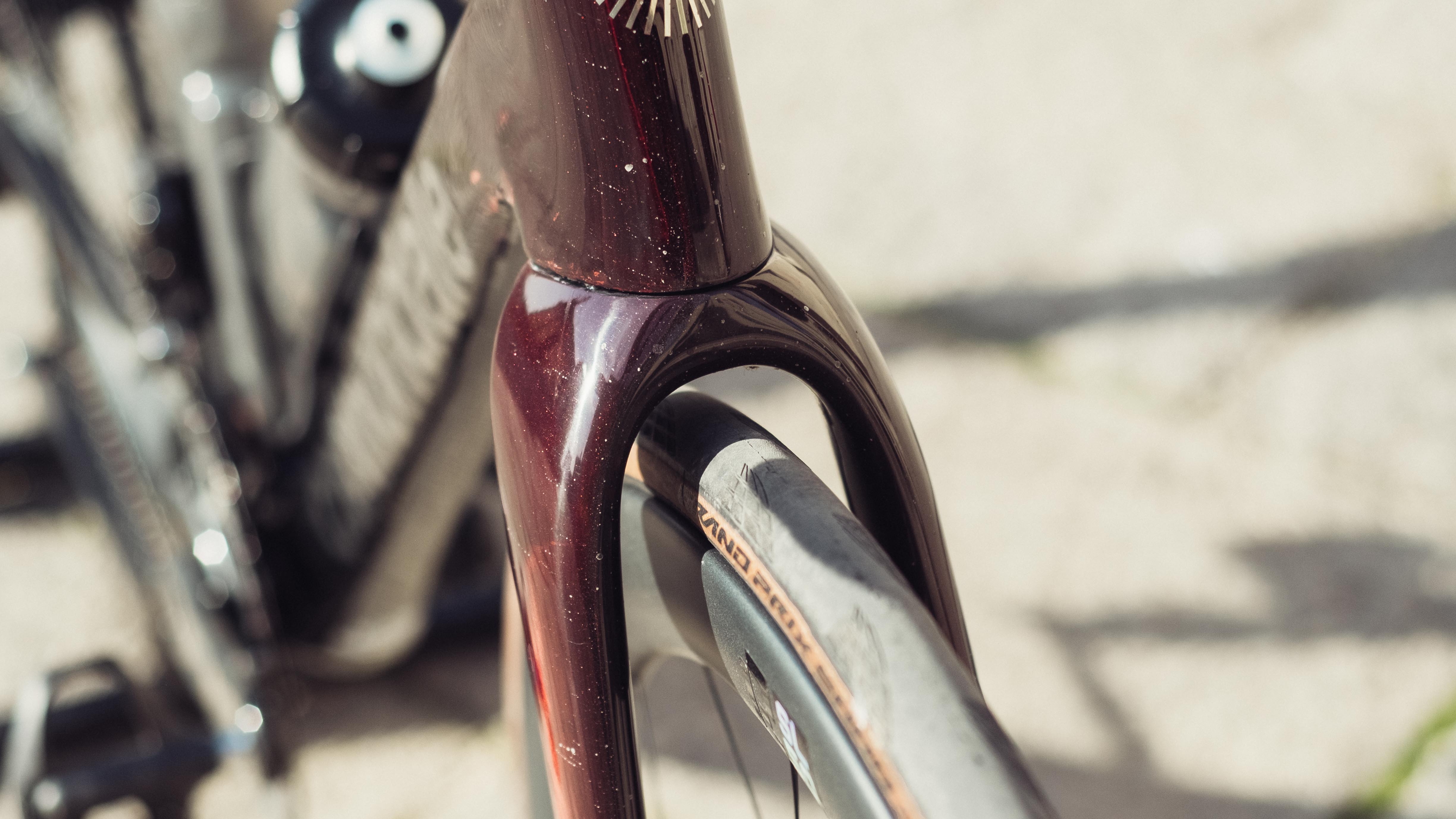
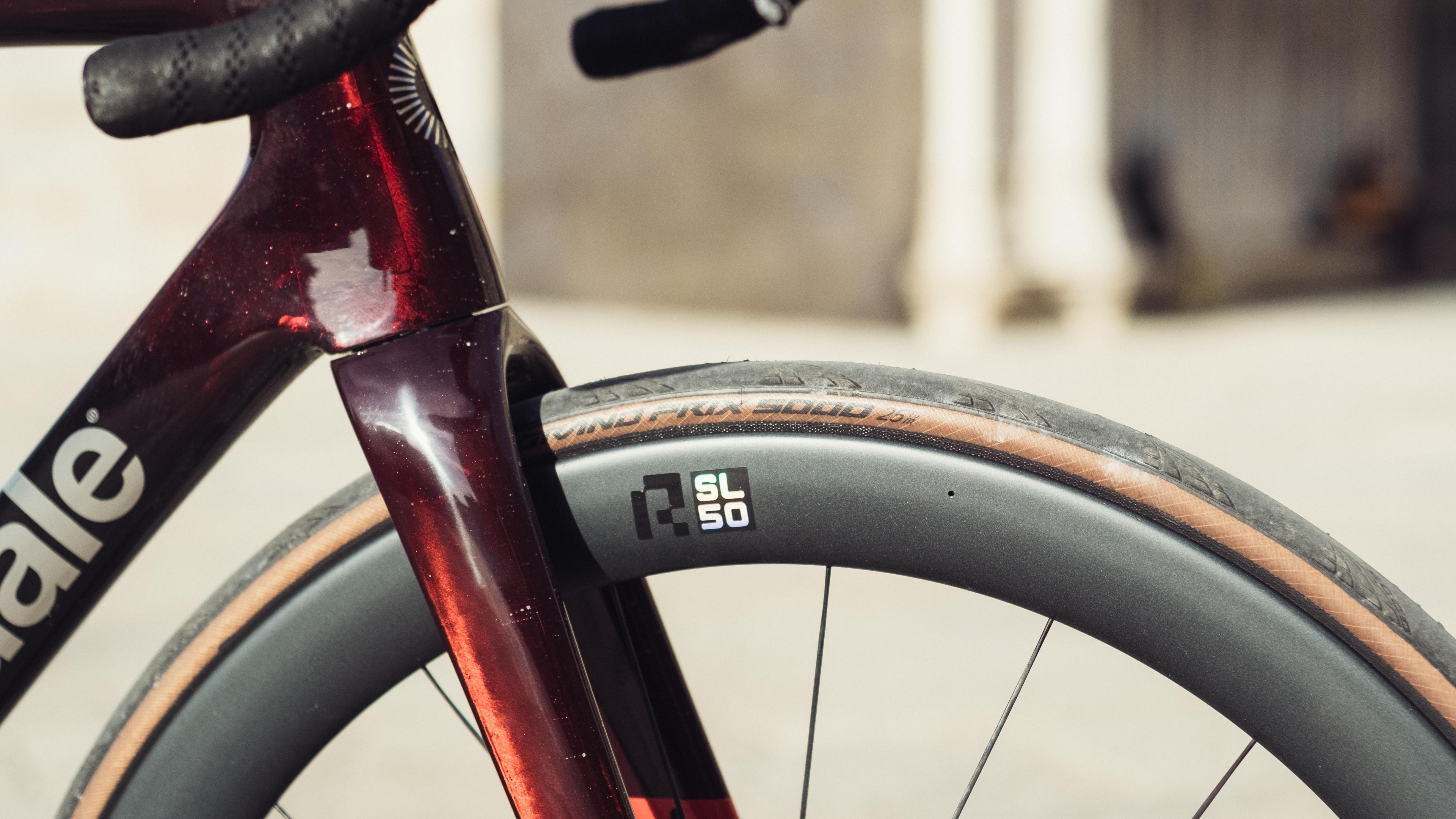
Price: £7,000 / $8,800 / €8,850
Frame: Cannondale SuperSix Evo Hi-Mod
Size: 56cm
Weight: Unspecified
Groupset: SRAM Red AXS
Wheels: Hollowgram 50 R-SL
Brakes: SRAM Red AXS
Bar/stem: Conceal Stem & Vision Metron Aero bars (MOMO one piece not tested)
Seatpost: Cannondale SuperSix
Saddle: Prologo Dimension
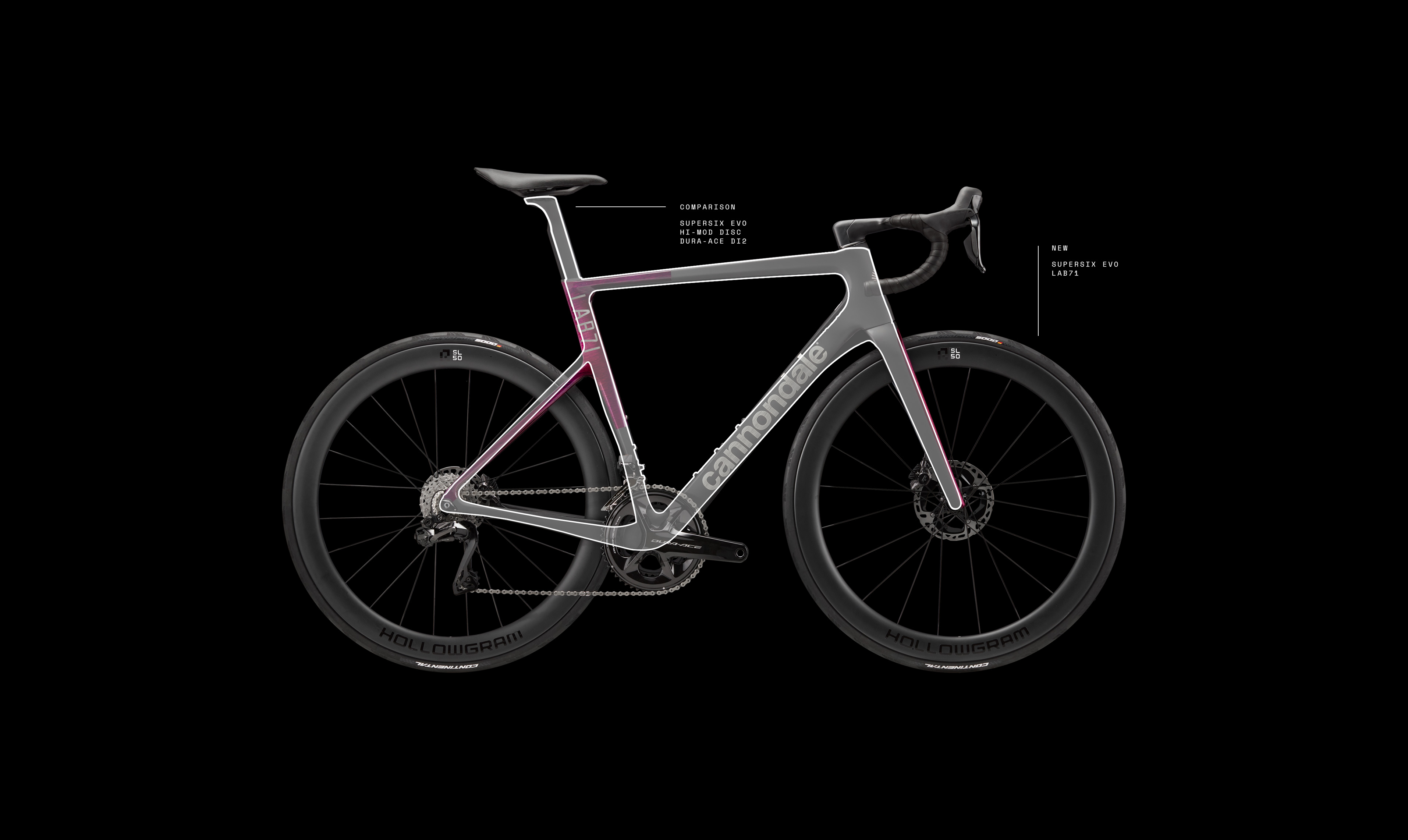
Design and aesthetics
If it ain’t broke, don’t fix it. That must have been mentioned across the design room table (do people design stuff across a big table anymore?). In a world of constant, marginal improvements it was certainly refreshing to attend a launch where the first thing of substance was “we’ve done absolutely nothing to the geometry”. I’ve not ridden the previous model of the SuperSix, the Evo 3, but it certainly reviewed well when our outgoing Tech Editor had it as a long-termer. If you did ride a Gen 3 bike however you may or not be pleased to hear that the headset steering lock has been retired for the new version of the bike. In all honesty, the geometry hasn’t changed much since the now even older generation, making me think a career change to ‘Head of Geometry’ at Cannondale might be a pretty sweet retirement gig.
Given the geometry is unchanged the silhouette is also extremely similar. An overlay of the ghost of the outgoing model over the new ones shows just how similar, with the main difference being slightly more dropped seat stays. More aero, smaller triangles are stiffer etc. The tubes bear a great resemblance to the old model. The refinements that claim to save 12 watts over the previous model have only resulted in subtle refinements. Some more rounding here, and some smoothing at the join there.
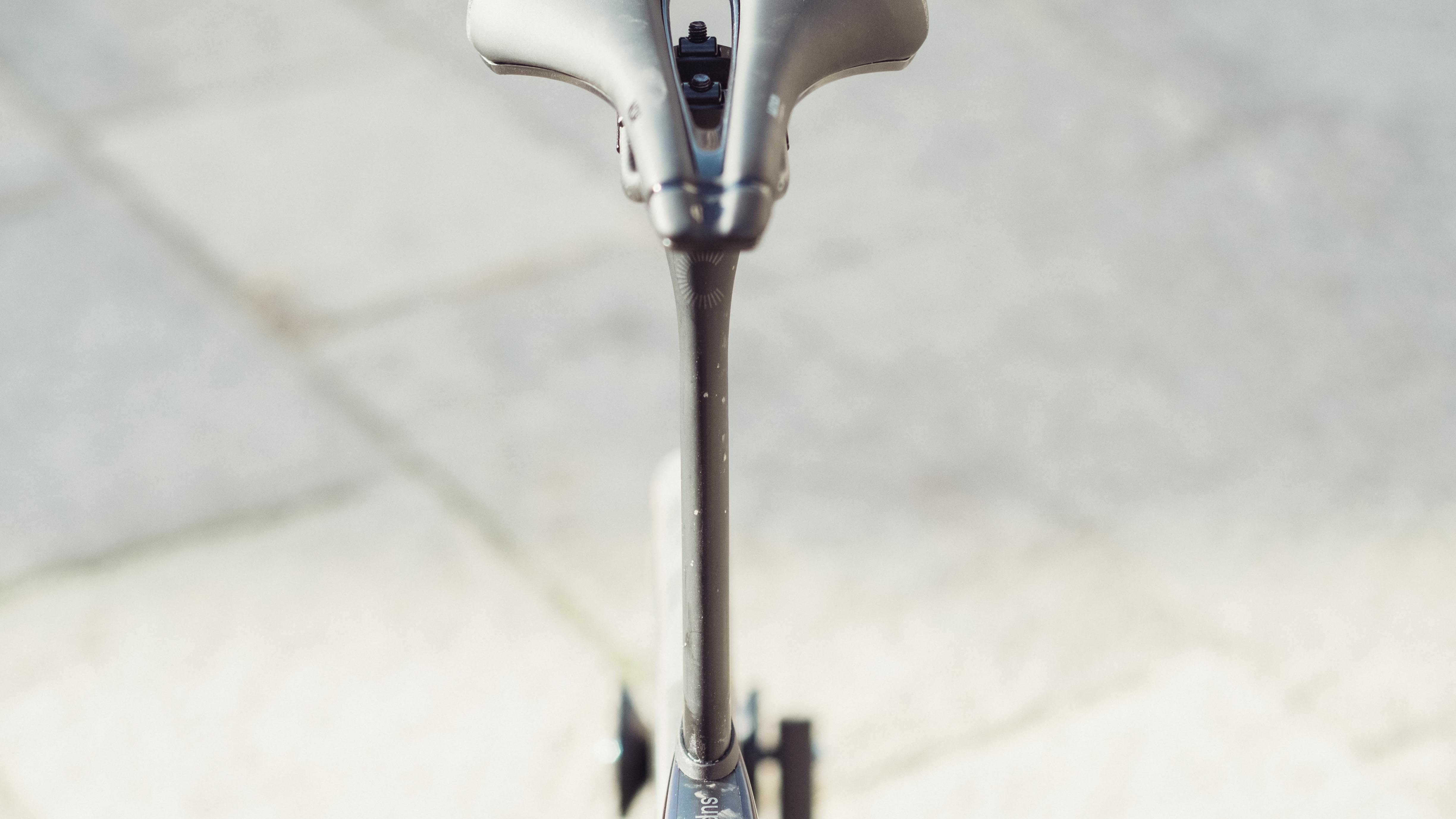
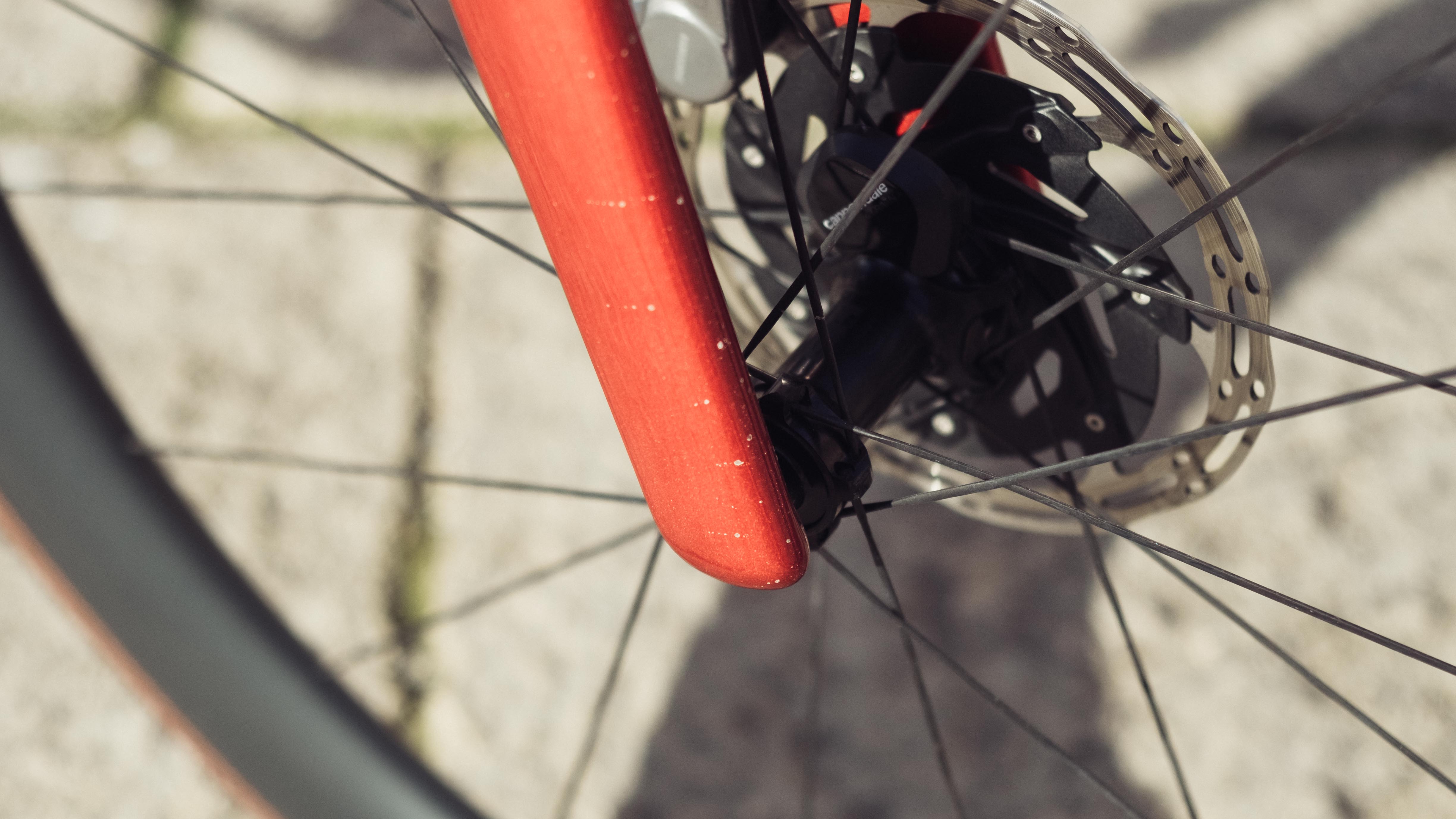
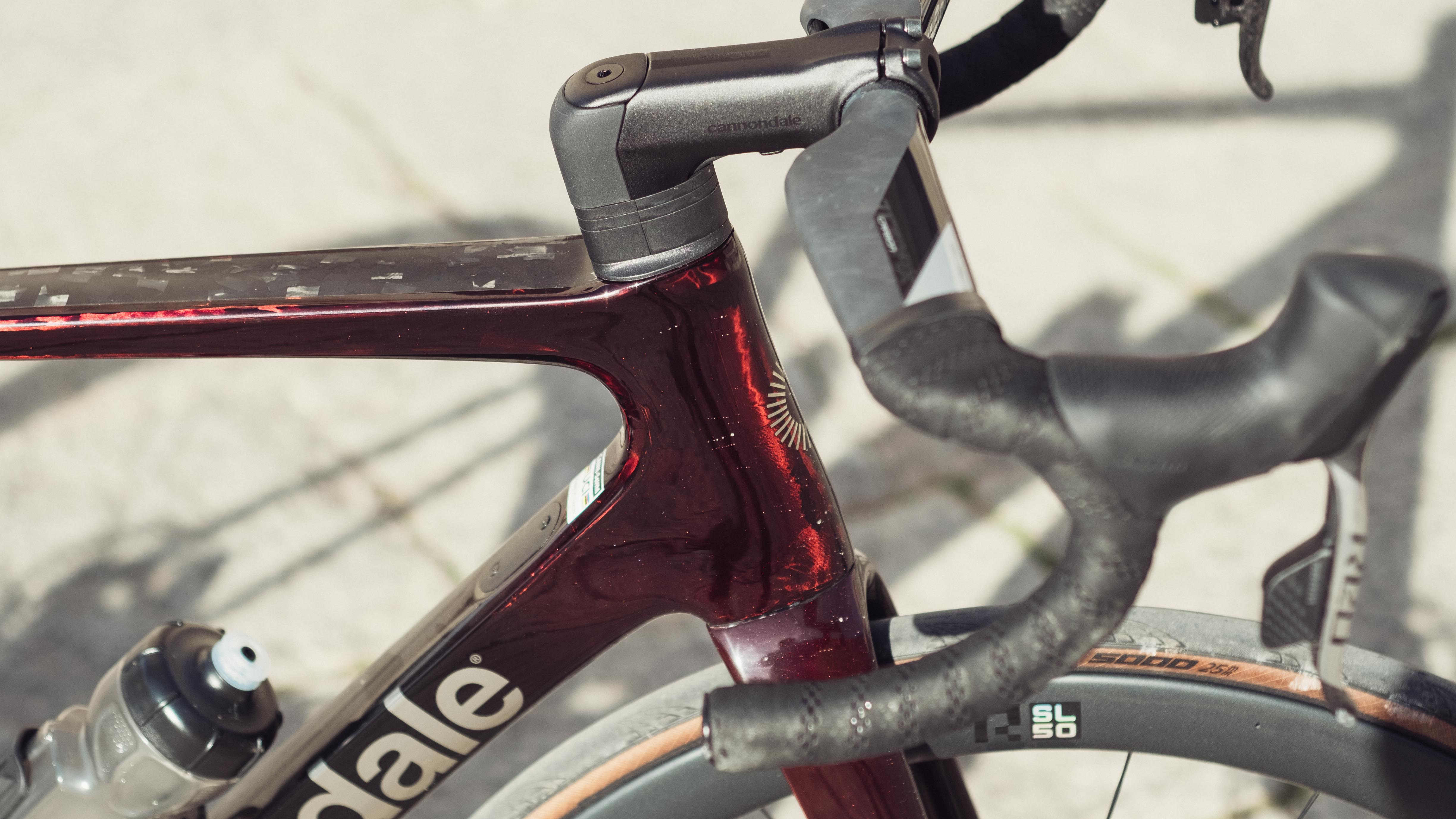

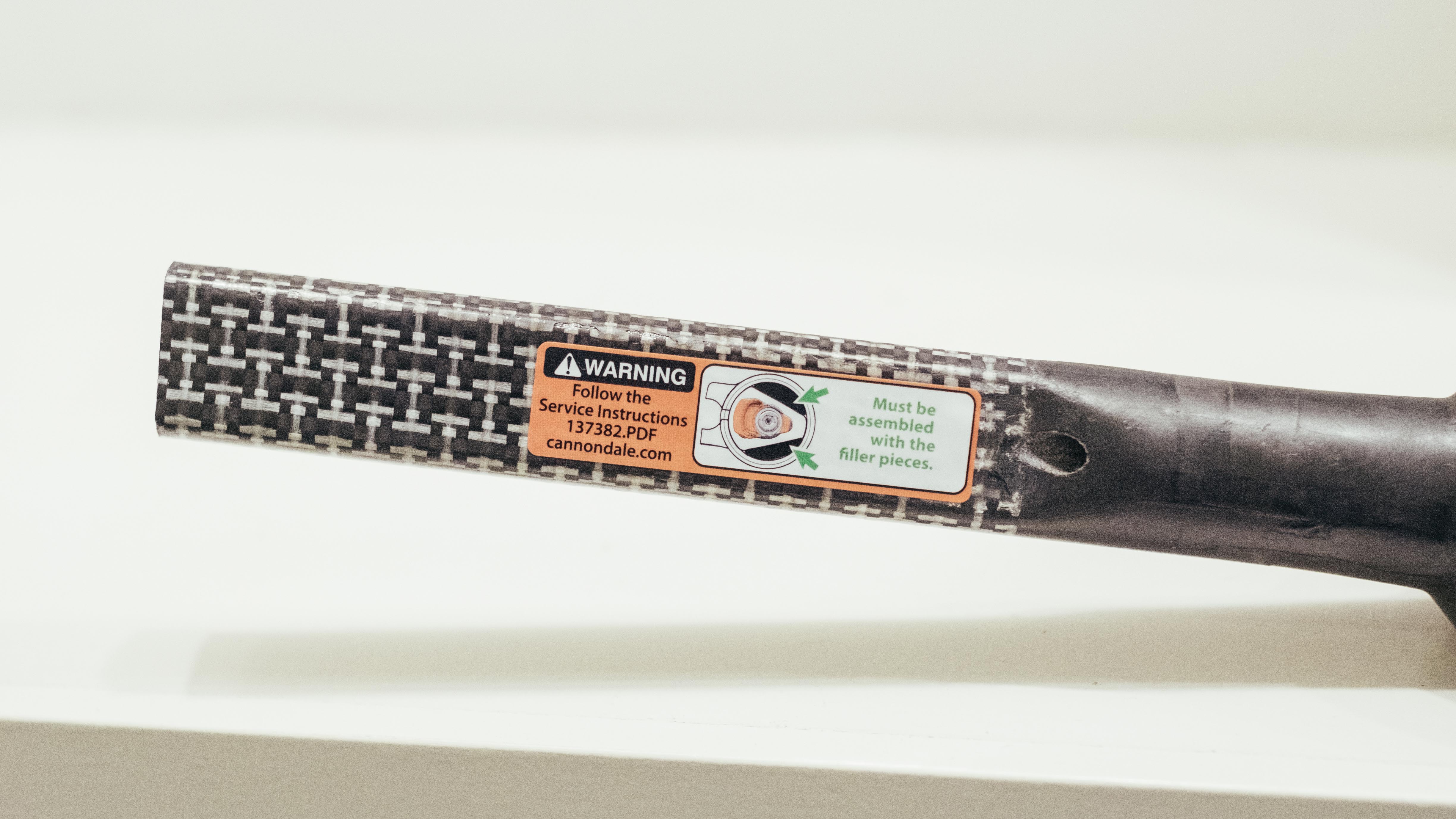
The biggest leap from a visual perspective has been in the paint department. Besides the mad Cannondale X Palace collaboration option the paint on the older model wasn’t really anything to set hearts aflutter. For the latest SuperSix, it’s clear a real effort has been made, and for the most part, it’s an effort that’s paid off. I’m not a fan of all the colours, but a lot of them I am fond of. The paint on this particular bike though is genuinely noteworthy. The first layer of the carbon layup is an entirely superficial layer of ‘forged carbon’ effect. It’s a bit like if you asked Lockheed Martin to create the crazy paving for your garden. On the top tube, it’s left uncovered, which I’m still undecided on, but for the rest of the frame, it’s coated in a rich, dark candy red that fades to black towards the rear of the bike. When the sun hits it, it has a depth and texture, unlike anything I’ve seen outside of boutique and custom brands. The LAB71 model is even wilder, where the paint shop has somehow managed to create a paint texture akin to purple wood, but this red was the one for me. I wish the fork legs didn’t have the plain red lowers, but such is life.
Aesthetics aside, I am a fan of a lot of the design tweaks. The blind fork dropout for the front makes for a more premium look and I will always applaud the use of a BSA bottom bracket. The Di2 battery sleeve is a neat solution too, though given I was riding SRAM it was purely a nice design touch rather than affecting the weight distribution in any meaningful way.
My bike for the trip came with the Cannondale Conceal stem and a set of Vision bars, rather than the MOMO-designed monocoquepit (I’m really trying to get that off the ground as a phrase). I’m all for ease of customisation, and easy cable routing and this ticks both of those boxes. The only slight grievance I have is that the hoses did rattle around inside the bars a bit.
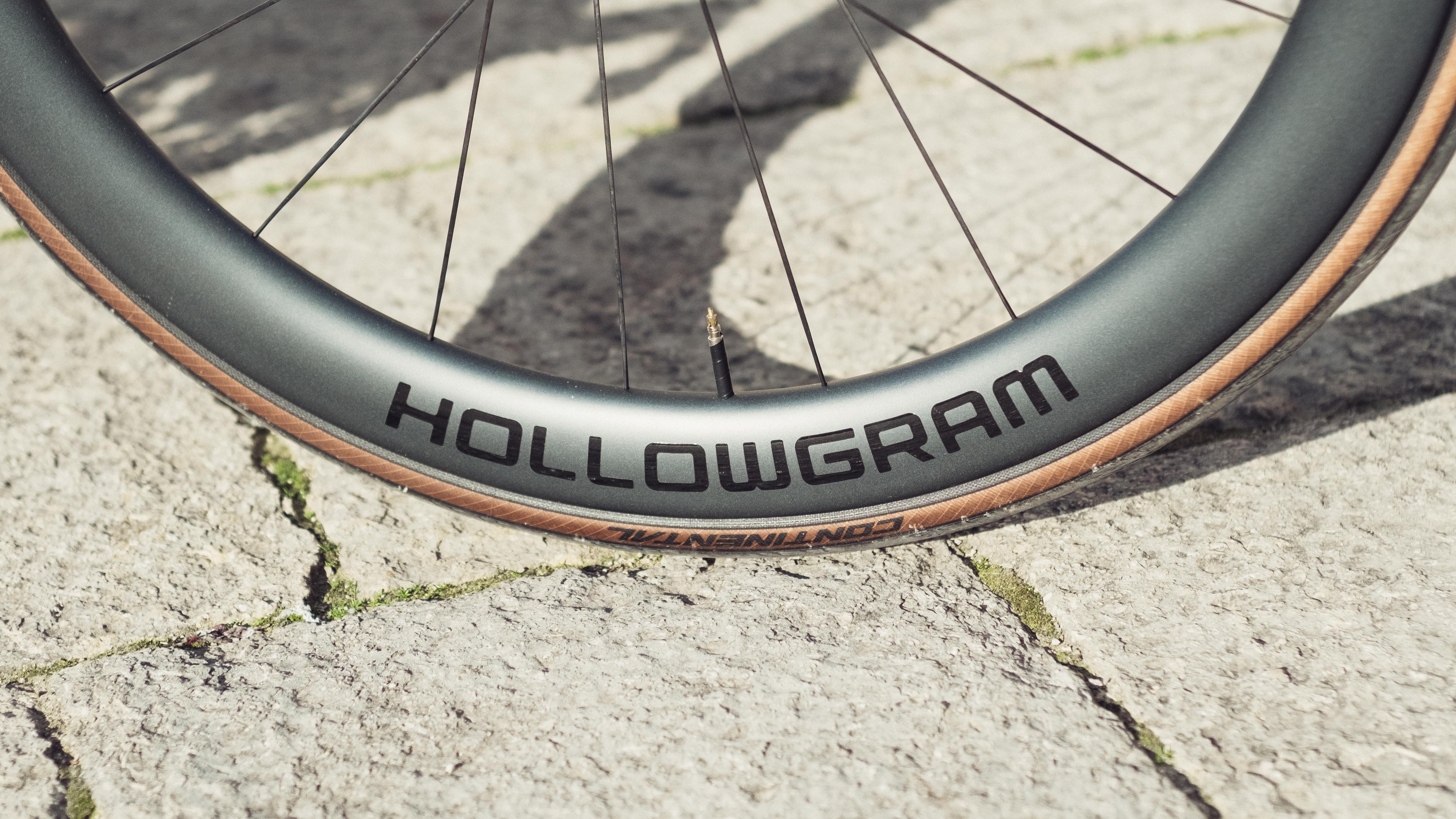

Performance
If something is genuinely noteworthy, for good reasons, it’s worth starting with it. This is a premium bike, and for once it comes with really decent tyres. The 25mm continental GP5000s are good enough for Tom Pidcock when he’s descending like a lunatic, they’re one of the best road bike tyres out there, and it’s excellent to have a new bike not held back by lower-tier rubber just to meet a price point.
Because I am a certified VLB (Very Lucky Boy) I’ve been treated to first rides of the new Colnago V4Rs, the new Canyon Ultimate, and the new Pinarello F lately. In handling terms the new Supersix feels most similar to the Pinarello F. It’s not as twitchy and responsive as the Canyon, which is the most nimble bike I’ve tested thus far (and correspondingly unstable feeling on certain terrain), while it’s certainly more lively than the Colnago. What I liked about the Pinarello, and what I like about the SuperSix too, is that it’s mellow when you don’t give it beans. When you’re cruising along in the bunch it feels stable and secure, while the Canyon felt twitchy even then, and the Colnago made me want to doze off.
Mellow, and comfortable too. The roads around Girona aren’t the glassy smooth tarmac of Calpe. There are broken bits that, while not a patch on the UK, certainly test out the compliance of the package. Even on 25mm rubber, the SuperSix didn’t make all of my fillings fall out. For clarity, because my mother will undoubtedly read this and is a retired dentist, I don't actually have any fillings.
The stack height of the test bike was a little high for my liking, but nothing taking a few spacers out wouldn’t fix. Even so, on the flat, it didn't nip along with quite the vigour of the Canyon, which I put down to the wheels. The package is undoubtedly aero, and also given the MOMO monocoquepit was absent for the test may have slightly hampered things, but the 50mm deep Hollowgram wheels took a bit more effort to spin up than the DTSwiss package of the German option. While rolling they conversely felt like they had more significant momentum, but this is also in part down to the slightly less choppy handling I suspect. Feeling aerodynamic differences is next to impossible, short of back-to-back tests, and as ever at this level, it’s splitting hairs; it’s not going to hold you back on the flat that’s for sure, and Magnus Cort says it feels faster (though he is sponsored, so take that as you will).
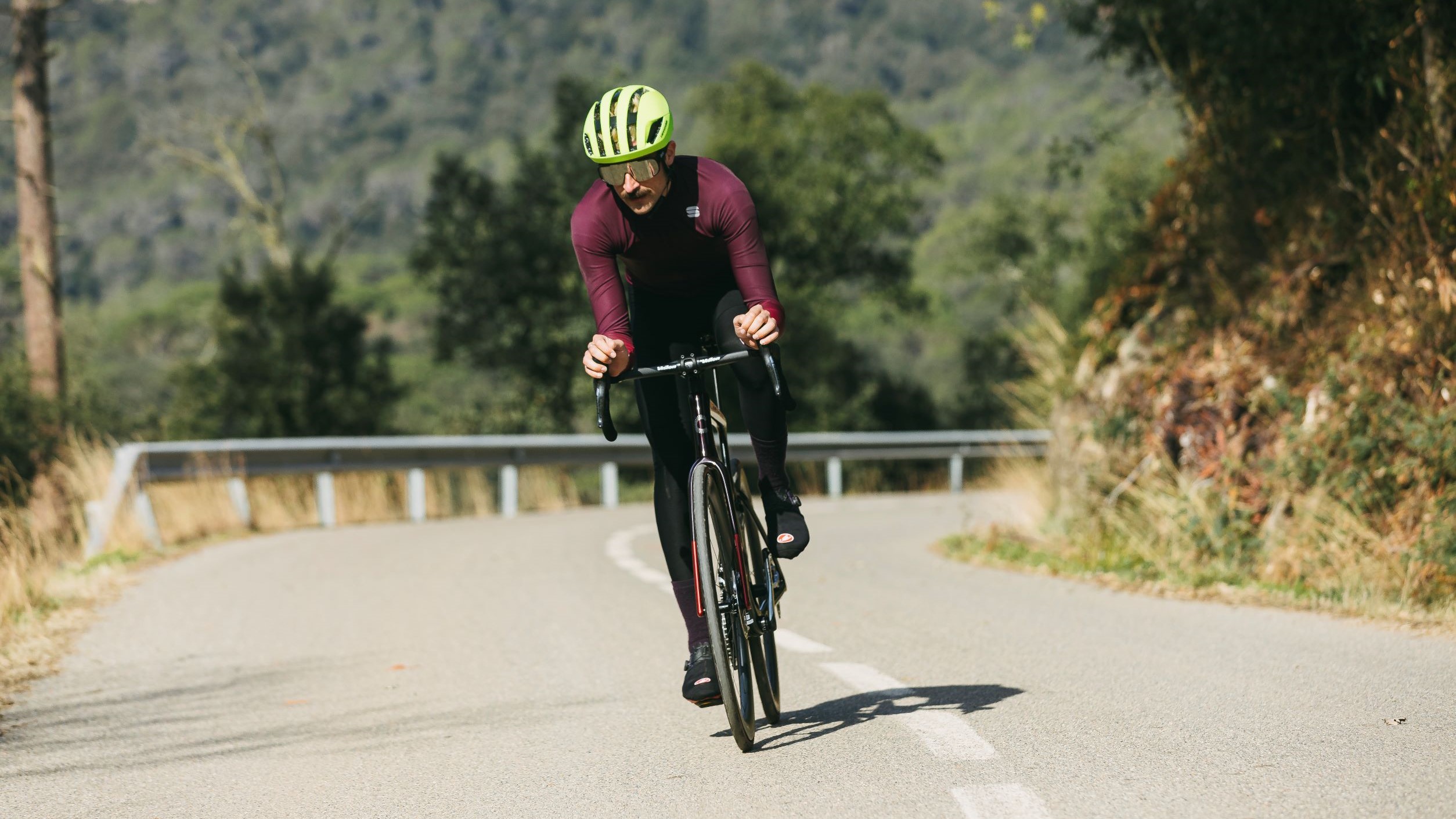
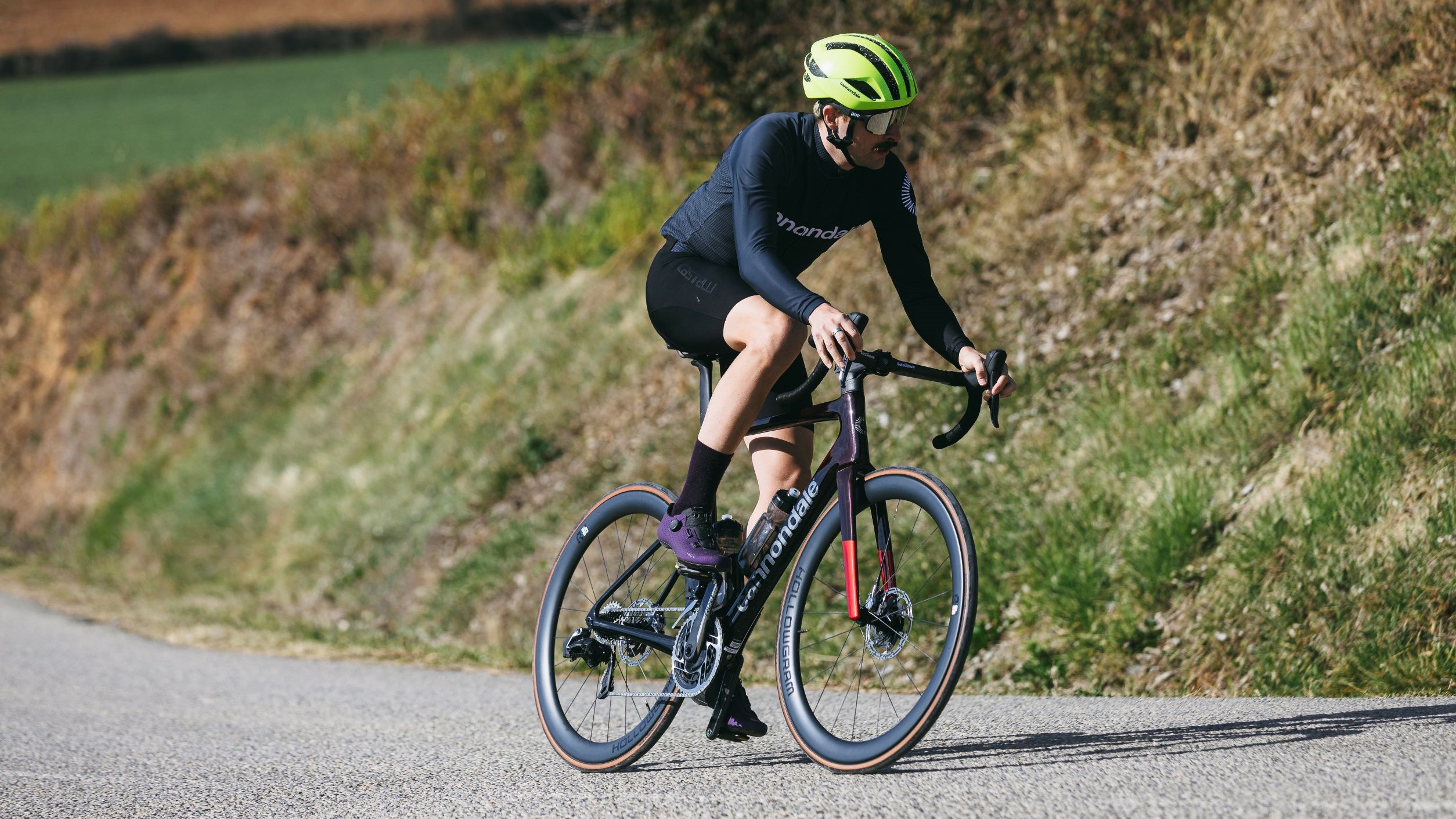
You can tell it’s a climbing bike at heart though, at least by heritage. When at full sprint it doesn’t have the hyper-stiffness of something like the Ribble Ultra SL, or even the Factor Ostro Gravel; no enormous BB area to handle the tens of thousands of watts I’m putting out, but conversely the ride experience as a whole is infinitely more pleasant than either of those options.
While it’s derived from an all round, but definitely lightweight focussed heritage, it does not have the feel of a classic climbing bike anymore. As someone who loves climbing this does leave me in something of a quandary. I know the deep sections are faster, but the Hollowgram wheels have the feel of something even deeper. I would love to try the chassis out with some lighter, more responsive wheels on some steeper ramps, but that’s what further testing is for. On the 11km Els Àngels ascent, it held its own perfectly well, and then I was rewarded with 11km of semi-technical descending.
This is where the tyres come in, and the geometry too. The Canyon Ultimate is a blast if you know the roads, but on unsighted ones, it leads to caution, especially on steeper gradients. Here, as with the Pinarello F, the mellow nature seamlessly blossoms into pretty sublime handling as you edge up around 50km/h. What the SuperSix definitely has over the Pinarello F though is better tyres, and better wheels too. This means you can dig in a little more into each curve, and, thanks to the comfort factor we covered earlier, also back yourself on less-than-optimum road surfaces. It’s not as reluctant to deviate from its line as the Colnago by any stretch, but to my mind, it’s still a bike that operates best in the bends on a Plan-Execute-Evaluate basis. It’s not quite so supportive of mid-corner changes of heart.
Sadly though SRAM Red doesn't match up to the Shimano performance options. The shifting just isn't as snappy, and I'd take Ultegra over Red given the choice. I'd also have to think pretty hard about taking Red over 105 Di2, but that's another story for another time. Given you can get Ultegra on the Hi-Mod frame that's not a huge criticism.
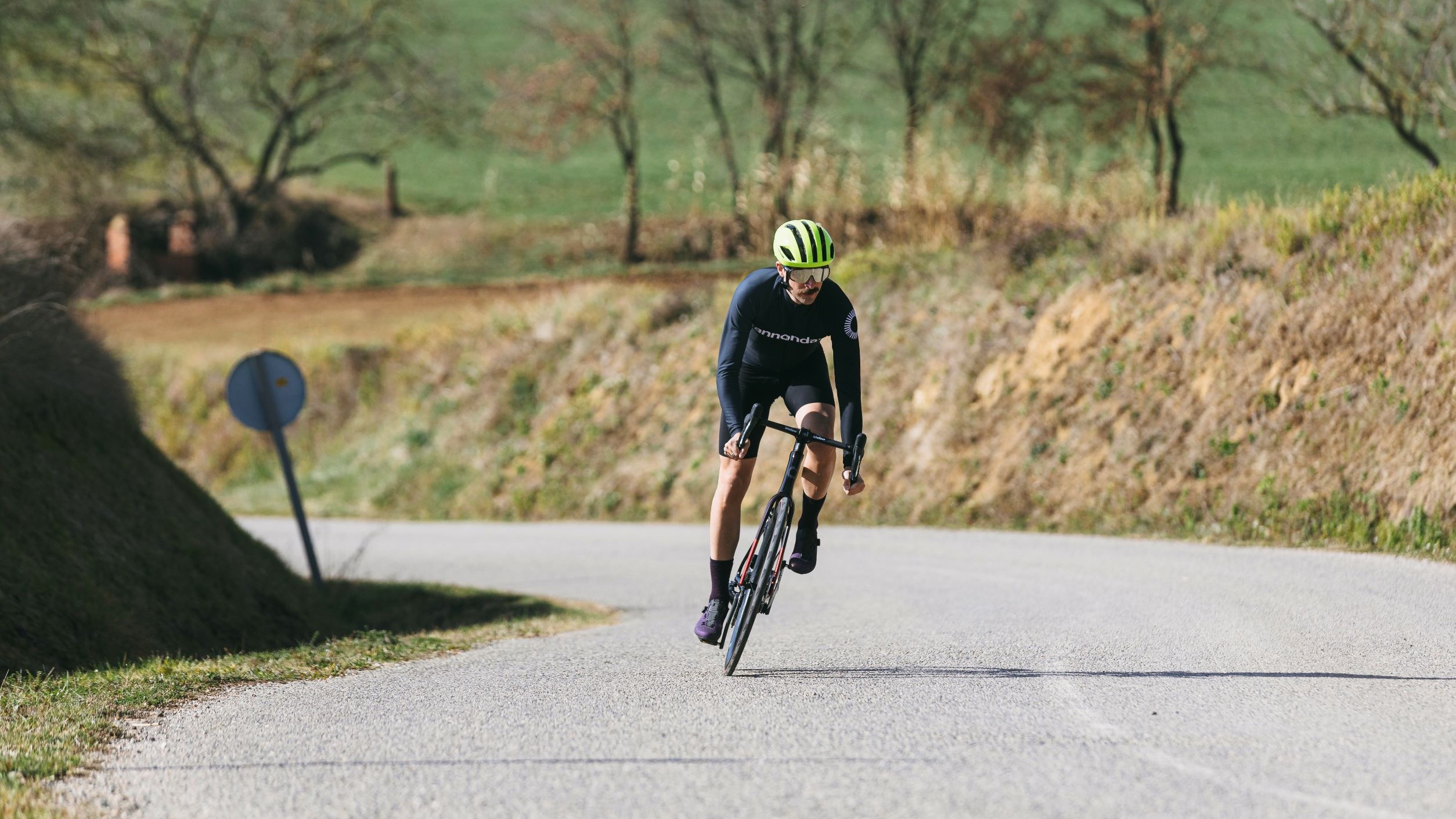
Early Verdict
This was my first time aboard a SuperSix, but given the lineage I do, to a certain extent, feel like I’ve now ridden all of them. For fans of the last model, and the one before I suspect, this will float your boat. The handling is excellent, there are updated, mostly sensible design choices, and the paint options are a significant improvement too. It’s very much an all-around race bike now, and while it shines on pretty much all terrains (within the confines of a 90km ride) it lacks the zip on steeper ramps of what is a heavily endangered species; the pure climbing bike. With shallow wheels though I think this would noticeably improve.
The rim brake SuperSix Evo Hi-Mod frames still are staples of the UK Hill Climb scene. Hyper stiff and crazy light, they definitely seem to possess a different character to the latest generation. Perhaps it mirrors the lack of specialisation in the peloton in a way: The days of your classics hard nuts winning on the flat in bad weather on big, chunky bikes and tiny waifs dancing up a col later in the season have fallen by the wayside a little in favour of cyclocross superstars winning in the alps and Tour de France champions dominating the classics too. The new SuperSix does very much feel like a bike to cater for this latest generation of do-it-all riders.

Will joined the Cyclingnews team as a reviews writer in 2022, having previously written for Cyclist, BikeRadar and Advntr. He’s tried his hand at most cycling disciplines, from the standard mix of road, gravel, and mountain bike, to the more unusual like bike polo and tracklocross. He’s made his own bike frames, covered tech news from the biggest races on the planet, and published countless premium galleries thanks to his excellent photographic eye. Also, given he doesn’t ever ride indoors he’s become a real expert on foul-weather riding gear. His collection of bikes is a real smorgasbord, with everything from vintage-style steel tourers through to superlight flat bar hill climb machines.
